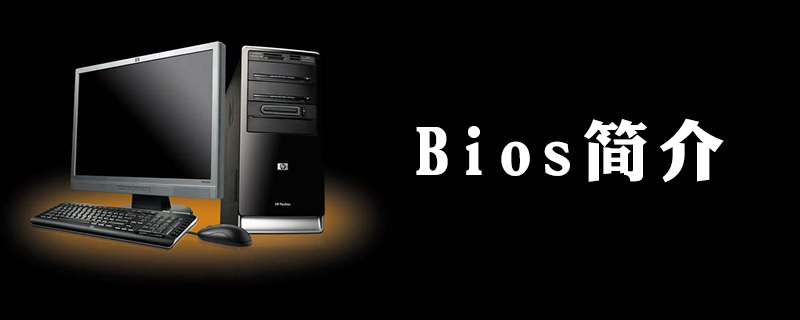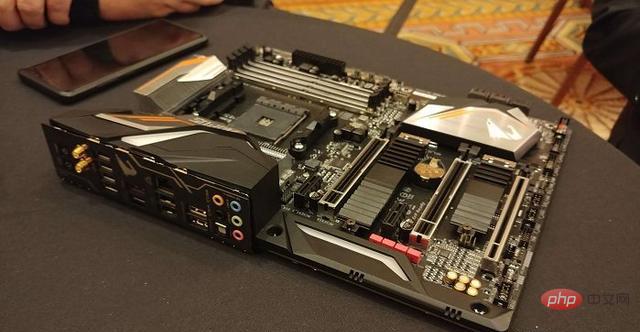
Recommended tutorial:Windows operation and maintenance tutorial
Everyone who uses computers will be exposed to it BIOS, but most people don’t know what it does? BIOS is the basic input and output system of the computer and plays an important role in the computer system. Its quality can even determine the quality of a motherboard. This is why although domestic motherboard brands use solid materials, their BIOS is not strong and they still cannot compete with the old and big-name motherboards. ASUS motherboards claim to be rock solid, but in fact it does not mean that the hardware quality is reliable, and the BIOS system is as stable as a dog.

BIOS is the hub that connects computer hardware and software. It can also be said to be a converter. From a functional point of view, BIOS is divided into three parts: self-test and initialization program; hardware interrupt processing; program service request.
The self-test and initialization procedure is relatively easy to understand. It is the BIOS's detection of the hardware part after the computer is powered on, whether there are any abnormalities or failures, and whether the comparison of some hardware parameters before startup is consistent. After that comes the operating system that boots the hard drive.
Hardware interrupt processing: When the computer is turned on, the BIOS will tell the CPU the interrupt number of the hardware device. When you enter a command to use a certain hardware during operation, it will use the corresponding hardware according to the interrupt number. Complete the work of the command and finally jump back to the original state according to its interrupt number.
Program service request: From the definition of BIOS, we can know that it always deals with the input and output devices of the computer. It issues instructions through the most specific data ports, sends or receives data from various external devices, thereby realizing software The application's operations on the hardware.

In addition, the BIOS can be upgraded, usually for the following reasons: to provide support for new hardware or technical specifications, such as some old motherboards after the release of a new CPU. You need to update the BIOS to be compatible, but now it seems that Intel is not friendly. Basically, new processors can only be used with new motherboards. Of course, there are still some players who crack the BIOS and upgrade to support old motherboards, but there is no official solution. AMD is relatively conscientious. The previous generation motherboard can support new processors after upgrading the BIOS. There is also the need to solve the bugs in the old version of the BIOS. Since new products are updated very quickly and the time for research and development is relatively tight, it is inevitable that there will be some bugs.
The above is the detailed content of what does bios mean. For more information, please follow other related articles on the PHP Chinese website!




